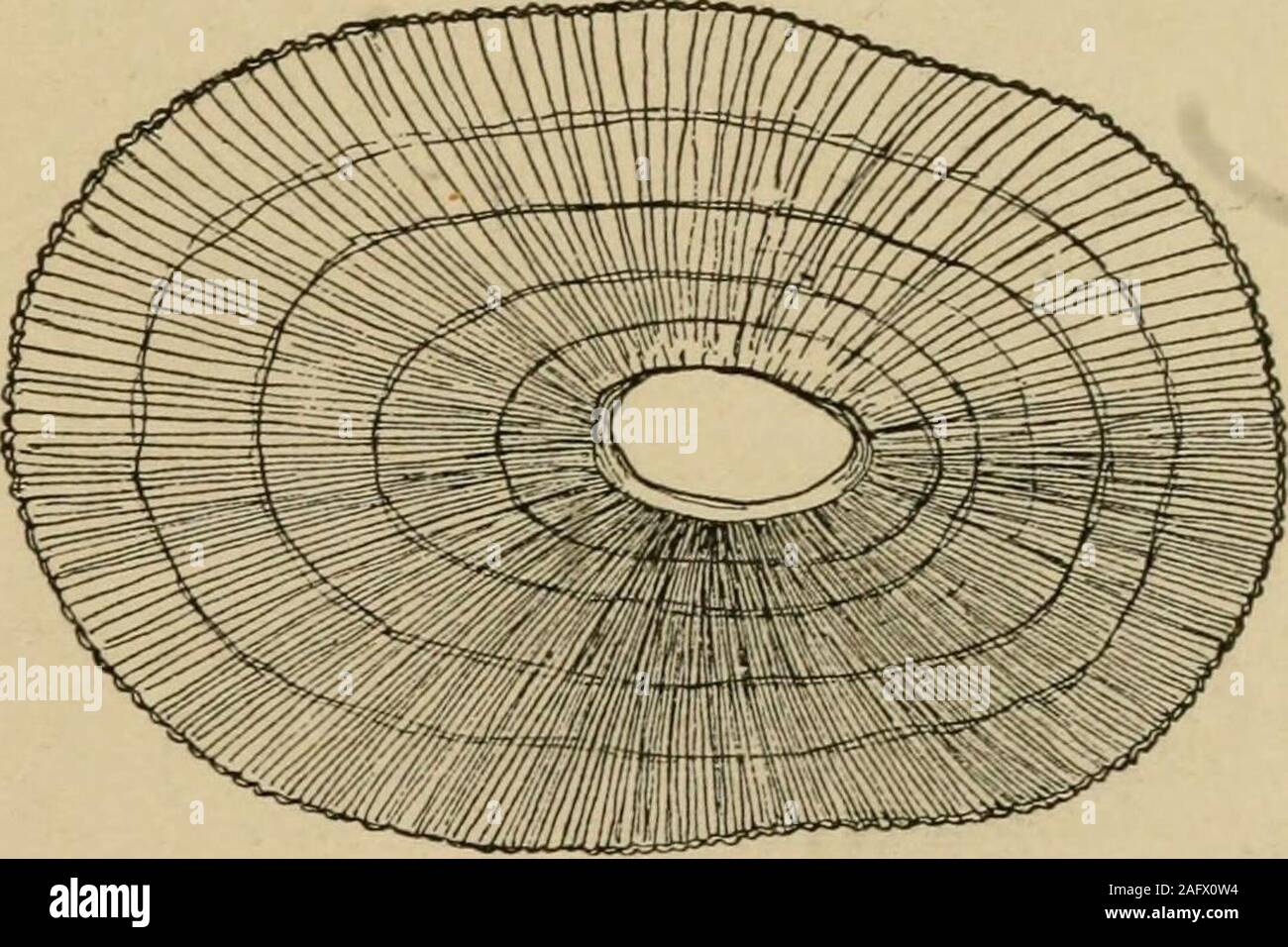. West coast shells. A familiar description of the marine, fresh water, and land mollusks of United States, found west of the Rocky Mountains ... ebeen gathered. LIMPETS. 95 The Pacific seacoast abounds in limpets. Theyare harmless, vegetable-eating mollusks, which clingto the rocks, and are protected by shells shaped likeinverted saucers. Many of them seem to have per-manent habitations, and though they make frequentshort excursions, they come back to roost on the oldspot, which becomes worn and scarred by their con-stant presence. The anatomy of these animals issimilar to that of other mollu

Image details
Contributor:
The Reading Room / Alamy Stock PhotoImage ID:
2AFX0W4File size:
7.2 MB (432.2 KB Compressed download)Releases:
Model - no | Property - noDo I need a release?Dimensions:
1936 x 1291 px | 32.8 x 21.9 cm | 12.9 x 8.6 inches | 150dpiMore information:
This image is a public domain image, which means either that copyright has expired in the image or the copyright holder has waived their copyright. Alamy charges you a fee for access to the high resolution copy of the image.
This image could have imperfections as it’s either historical or reportage.
. West coast shells. A familiar description of the marine, fresh water, and land mollusks of United States, found west of the Rocky Mountains ... ebeen gathered. LIMPETS. 95 The Pacific seacoast abounds in limpets. Theyare harmless, vegetable-eating mollusks, which clingto the rocks, and are protected by shells shaped likeinverted saucers. Many of them seem to have per-manent habitations, and though they make frequentshort excursions, they come back to roost on the oldspot, which becomes worn and scarred by their con-stant presence. The anatomy of these animals issimilar to that of other mollusks. There is a mantlelining the free parts of the shell, a broad, muscularfoot, a head with a pair of eyes and feelers, a mouthfitted with a crescent-like jaw, and a long tongue setwith flinty hooks. There are gills for the purificationof the blood, a liver, a heart, and other organs ofdigestion, circulation and secretion. A few specieshave an opening in the top of the shell, which servesthe same purpose as the holes of the Haliotis. By far the largest of the Key-hole Limpets, as theyare called, is named Lucapina creniilata, Sby., Lai-ka-. Fig- 79- pi-na cren-u-la-ta. A small figure of the shell isshown in Fig. 79. Though this shell is often somefour inches long, the animal is much larger, andsomewhat resembles a brick, both in shape and size. 96 KEY-HOLE LIMPETS. It has a huge yellow foot and a black mantle, whichnearly conceals the white shell which rests upon theanimals back. This shell is marked by many radiating ribs, andconcentric lines of growth; it has a large, oblonghole to one side of the center, around which, inter-nally, is a thick rim of enamel. The crenulated orscalloped edge of the shell is a marked feature, andsuggested the name. Internally, the shell is of a pure, glossy white, butthe outside is somewhat dingy. This mollusk is notvery abundant, and is seldom found alive near theshore. Glyphis aspera, Bsch., Gly-fis as-pe-ra, Fig. 80, has a rough shell, moresha